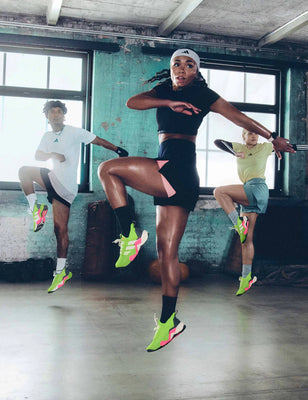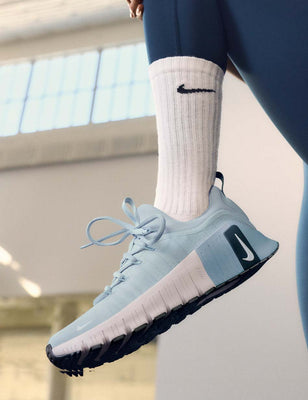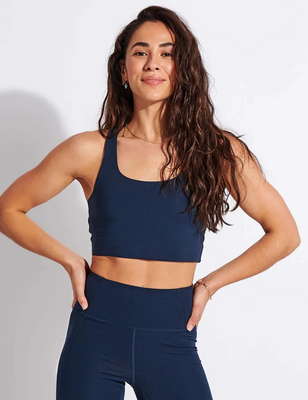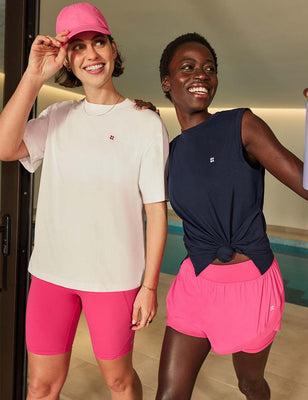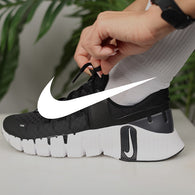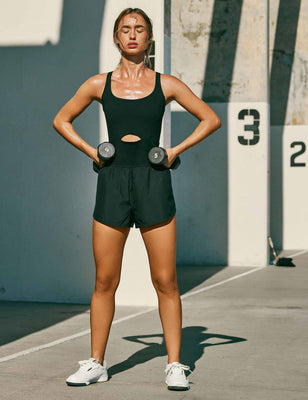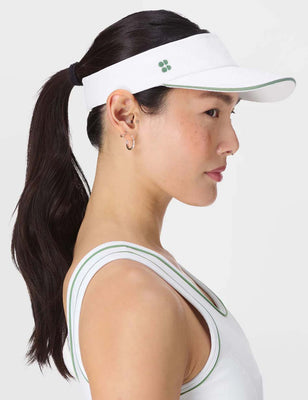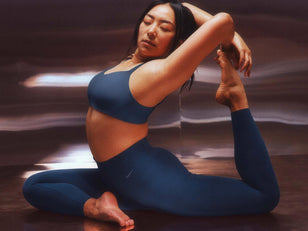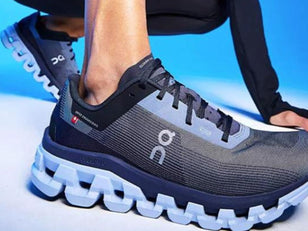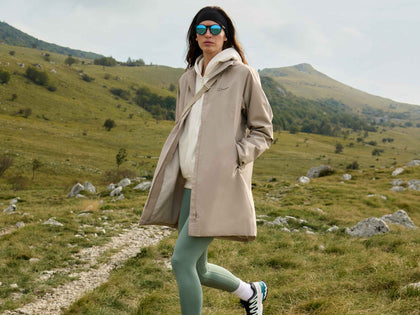Words by Katie Brook
At last, in-person events are back! On Running hasn’t wasted any time in bringing people together to share their latest innovations.
For August only, the Swiss brand has a pop-up ‘lab’ in London’s Shoreditch where anyone can come along and try out the brand’s one-of-a-kind new running analysis technology “OnScan” as well as take the newly relaunched Cloudstratus for a spin.
We’ll take a more in-depth dive into what OnScan is later but in a nutshell, it is a piece of technology that scans your entire body and analyses your running technique: stride length, cadence, style, foot strike etc. The On team provides feedback based on this analysis and suggests how you can better your running form (because no one’s got a perfect form… apart from maybe Kipchoge).
On London Lab: the details
- Where: Protein House, 31 New Inn Yard, London EC2A 3EY
- When: Tuesday to Saturday, 11am - 7pm, Sunday and bank holidays, 11am - 6pm
- Dates: Every day (apart from Mondays) until August 30th
WHAT IS ONSCAN TECHNOLOGY?
This brand new running technology from On Running uses a highly technical camera, which works with a heat screen to analyse the users biomechanics. It works by capturing the runner’s style as they run across the room, between the camera and the screen. Yes, the room. As in, normal running, no treadmills. That’s why OnScan is so good, it literally reviews your running technique as it would be if you were running outside on the road, rather than confined to a treadmill.
The technology links to an app (on an iPhone or tablet), which will generate the users running profile and show statistics about their style, information about how they can adapt their form, the best strength exercises to do to prevent injury, and the top three best running shoes.
The running profiles are based on a database of more than 1,500 runners. The data defines six categories of running style:
- The Racer
- The Optimizer
- The Glider
- The Endurer
- The Leaper
- The Strider
Naturally, not everyone will be entirely just one profile. More often, you may be categorised into more than one profile to help you pinpoint what your body is doing when you run.
How does OnScan differ from a treadmill gait analysis?
Treadmill gait analysis works by filming the user running on a treadmill for a short amount of time. The run technician will then play the video back, frame by frame, and analyse by eye how the runner moves. They will look out for things like, how they land, where they land, where they are over-pronouncing or under-pronouncing, as well as misalignments within the ankles or knees.
This is how gait analysis has been done for years. And it’s been incredibly helpful to a lot of runners.
What OnScan does differently is it allows the runner to move freely, running as they would on the road. On a treadmill, our muscles don’t have to work as hard as the treadmill is moving, giving speed, propelling us forward. On the road, it’s up to you.
According to the reps at On, “OnScan provides a better overview of a runner’s natural running style. It also provides a holistic approach to analysing their gait rather than just looking at lower leg movement - running is a whole-body exercise, and should be measured as one.”
OnScan technology also provides quantitative data that makes it easier to test and retest the runner’s technique. It’s a real-time motion capture, which means the running technicians can advise on tweaks to improve technique and see the instantaneous effect which that tweak has had on your running economy by performing another test.
Why is it important to know how we run?
From sprinters to park runners, round-the-block joggers to ultra-marathoners, knowing how we run is important for a number of things. One of the most important reasons to understand our running form is that it can help to prevent injury. For those who take running seriously, it’s invaluable in helping you be the best runner you can be.
Once you’ve been given your running profile(s), by the OnScan, it will tell you where you’re most likely to get injuries, and how you can avoid them. The system will give you specific strength and conditioning exercises to target those ‘sweet spots’. Also, if you’re not running in the most beneficial way, the technology will show this and you can work with a rep to tweak your running style, so you can find out how to gain maximum output from minimum input.
What is the best running form?
According to tech rep and performance coach, Marthe Solberg, ‘no running style is better than the other’ because it depends on a person’s unique characteristics such as, injury history, goals, experience, and much more.
However, research shows that the Optimizer is the style that gets the least injuries and is more efficient over middle distances, because they get the perfect equilibrium between impact absorption and energy return.
If you were running an ultra marathon in this style (although the most efficient), it probably wouldn’t last across the whole race because you would expend too much energy to be able to go that far. Therefore, you more often see long distance runners in the Endurer profile because with this style you don’t expose your body to as much impact.
Certain profiles are better for certain running goals and distances, but the system ‘favours the optimiser style because it is the profile with best running economy’. This is why Marthe says it’s incredibly important to also have the conversation with the customer about their personal goals, injury history and running experience, so that she and her team can provide advice on how to improve the customer’s running economy.
How to find the best running shoe for you
OnScan reviews your full biomechanics, so it looks at whether you need a shoe with lots of stability or not, minimalist or all out there. On Running has many different shoe models, and each of them is made with a different type of running style or terrain in mind. That’s also why it’s important to talk to your On technician, because if you’re doing up to 10km, that will also affect which shoe you should choose.
But, and most importantly, On also has a Foot Scan integrated into its new technology. The user stands with their feet shoulder-width apart (just in socks) and a scan is taken of the person’s foot, which really helps when it comes to what shoes to try - tried and tested runners will know it’s common to go up at least one size with running shoes as when we run we propel forward and our feet swell, so we need more room in the toe box. And if you’re a trail runner, you’ll know just how quickly you can get a black toenail, scaling down the side of a mountain in shoes that are too small…
CONCLUSION
Whether you’ve picked up running during lockdown, or you’re a seasoned runner, visiting the On London Lab is a great opportunity to learn more about your personal running form and where you can improve to help you become a better runner, and hopefully one that avoids injury! With the OnScan technology you’ll be in an informed position to choose the ideal running shoe for you. Who knows you might even find your next pair in the On Running range.
The On London Lab is on until 30th August, and trust us, you don’t want to miss out.

